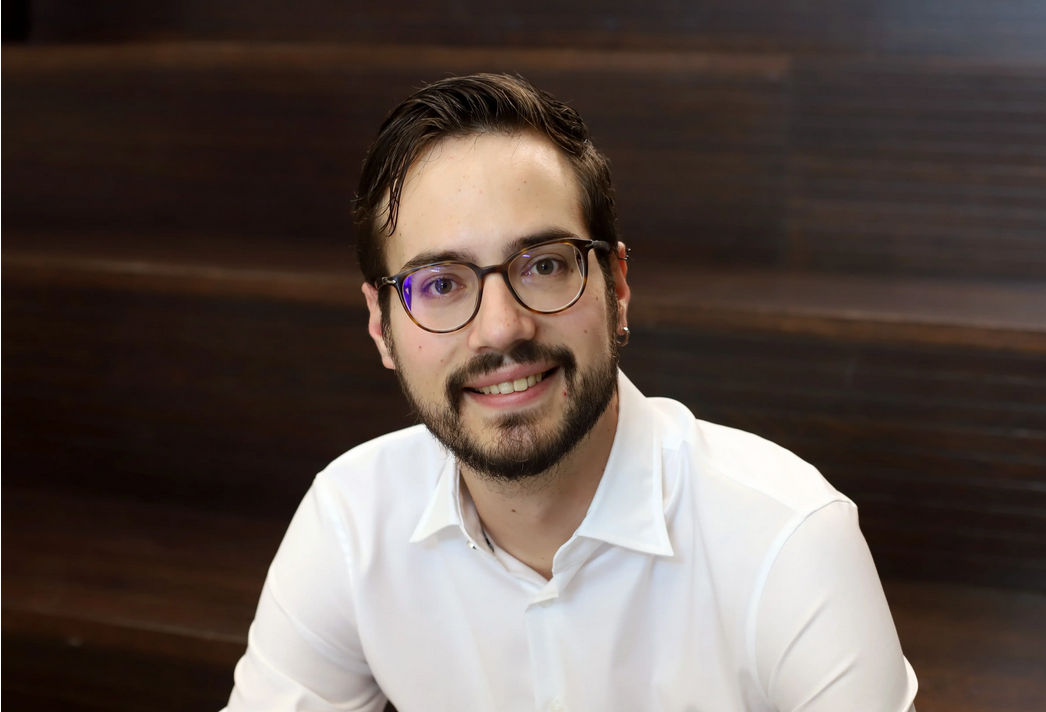8 April 2021

Dr Lago obtained his MSc in Photonics from the Universitat Politècnica de Catalunya. He joined ICFO as a PhD student in the Quantum Photonics with Solids and Atoms group led by ICREA Prof Hugues de Riedmatten. His thesis entitled ‘Remote distribution of quantum states assisted by multimode quantum memories’ was supervised by Prof Dr Hugues de Riedmatten.
ABSTRACT:
The future quantum Internet will allow the transfer of quantum states between remote locations. However, bridging large distances is a challenging task due to losses in optical fibres. A promising approach to reach continental distances is based on quantum repeaters, where quantum entanglement is created and distributed between distant quantum memories in a heralded fashion. Such a heralding signal should be compatible with the already deployed telecommunication infrastructure, i.e. it should consist of quantum states of light in the telecommunication regime travelling through optical fibres. On top of this, a multiplexed operation will largely reduce the entanglement generation time. The specific approach followed in this thesis consists of a hybrid system that combines sources of telecom heralded single photons and multimode solid-state quantum memories based on rare-earth doped crystals.
The objective of this thesis is the distribution of quantum states along remote distances, either by storing one qubit in one quantum memory for long enough while the heralding photon travels through a telecom fibre, by teleporting an arbitrary qubit onto a distant matter qubit or by creating entanglement between remote quantum memories. Thanks to the intrinsic temporal multimodality of our system, the repetition rate of these experiments is decoupled from the distance being bridged. The core of my efforts consisted on building and operating telecom heralded single photon sources based on cavity enhanced spontaneous parametric down conversion (cSPDC). I was also involved on conceiving and implementing several enabling technologies to allow for the creation, distribution and verification of quantum states.
In a first project it was possible to generate energy-time entangled photon pairs by increasing the coherence time of the laser used to pump the cSPDC source. We then stored one of the photons for up to 47.7us in a spin wave Praseodymium doped quantum memory with on-demand read out. The entanglement between the telecom photon and the stored photon was successfully verified in all the explored scenarios using the Franson scheme. For this purpose, I built and stabilized a fibre-based unbalanced Mach-Zehnder interferometer with a length difference between arms of 85m.
In a second experiment we performed multiplexed quantum teleportation from the telecom photon to the solid-state memory. We took advantage of the telecom wavelength featured by one of the energy-time entangled qubits and we sent it through a 1km long optical fibre. After travelling through that distance it was jointly measured with a second qubit. The state of that second qubit was then teleported onto the quantum memory that was initially storing the second entangled qubit. The storage time was enough to allow for further processing of the teleported state, which consisted of a unitary transformation based on the result of the remote joint measurement.
Finally, in a third experiment we generated telecom heralded entanglement between remote solid-state multimode quantum memories. I first worked on the indistinguishability of the photon pairs produced by two cSPDC sources. I then mixed the generated telecom qubits in a beam splitter (BS) such that a detection event after this BS heralded the creation of entanglement between the two quantum memories in the photon number basis. This way of creating entanglement, together with its verification, is sensitive to the relative phase of the qubits interfering at the BSs. Along these lines, I also worked on stabilizing the length of the optical fibres involved in this experiment, which in the end consisted of a ~75m long interferometer.
These results represent the state of the art in terms of scalability for quantum repeaters using multimode memories and show that our system has a huge potential to enable the creation and transfer of quantum states over large distances.
Thesis Committee:
Prof. Dr. Valerio Pruneri, ICFO
Prof. Dr. Ronald Hanson, Qutech, Delft University of Technology
Dr. Mikael Afzelius, Department of Applied Physics, Université de Genève
